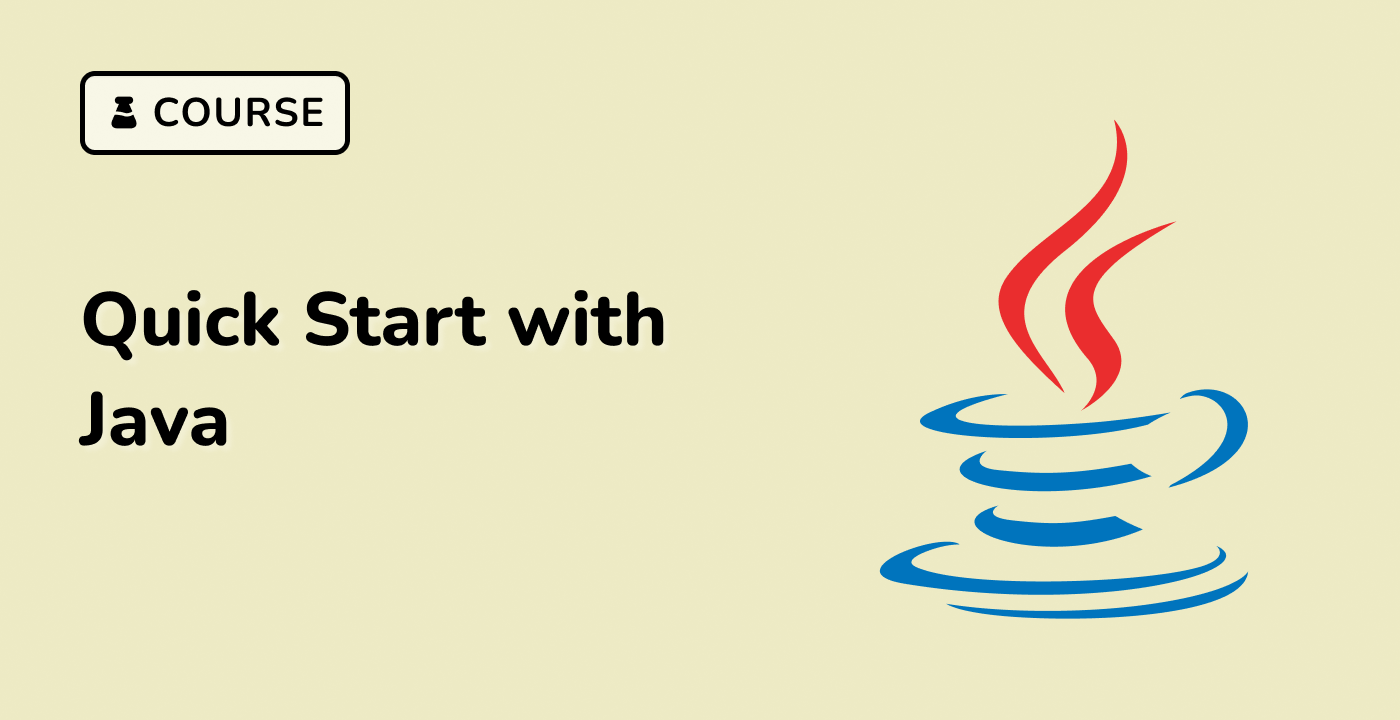Optimization Strategies
graph TD
A[Build Performance] --> B[Execution Time]
A --> C[Resource Utilization]
A --> D[Dependency Management]
Optimization Techniques
| Strategy |
Impact |
Complexity |
| Parallel Execution |
High |
Low |
| Incremental Builds |
Medium |
Medium |
| Dependency Caching |
High |
Low |
| Selective Module Building |
Medium |
High |
Maven Optimization Configurations
Parallel Build Execution
## Enable parallel build
mvn clean install -T 4C
## Specify thread count explicitly
mvn clean install -T 2
Dependency Optimization
<build>
<plugins>
<plugin>
<groupId>org.apache.maven.plugins</groupId>
<artifactId>maven-dependency-plugin</artifactId>
<configuration>
<useRepositoryLayout>true</useRepositoryLayout>
</configuration>
</plugin>
</plugins>
</build>
Caching Strategies
Local Repository Optimization
## Configure Maven local repository
mkdir -p ~/.m2/repository
export MAVEN_OPTS="-Dmaven.repo.local=$HOME/.m2/repository"
Build Profiling
## Maven build profiler
mvn org.apache.maven.plugins:maven-profiler-plugin:profile
## Measure build time
time mvn clean install
Gradle Optimization
Parallel Execution
// build.gradle
gradle.startParameter.maxWorkerCount = Runtime.runtime.availableProcessors()
Continuous Integration Optimization
LabEx CI/CD Best Practices
- Use lightweight build agents
- Implement caching mechanisms
- Minimize unnecessary build steps
- Utilize distributed build systems
Advanced Optimization Techniques
JVM Tuning
## JVM optimization flags
export MAVEN_OPTS="-XX:+UseParallelGC -Xms512m -Xmx2048m"
Dependency Management
<dependencyManagement>
<dependencies>
<dependency>
<groupId>org.springframework</groupId>
<artifactId>spring-framework-bom</artifactId>
<version>5.3.9</version>
<type>pom</type>
<scope>import</scope>
</dependency>
</dependencies>
</dependencyManagement>
Key Metrics to Track
- Build execution time
- Memory consumption
- CPU utilization
- Dependency resolution time
Conclusion
Effective build optimization requires:
- Continuous monitoring
- Regular performance analysis
- Adaptive configuration
- Leveraging modern build tools and techniques




